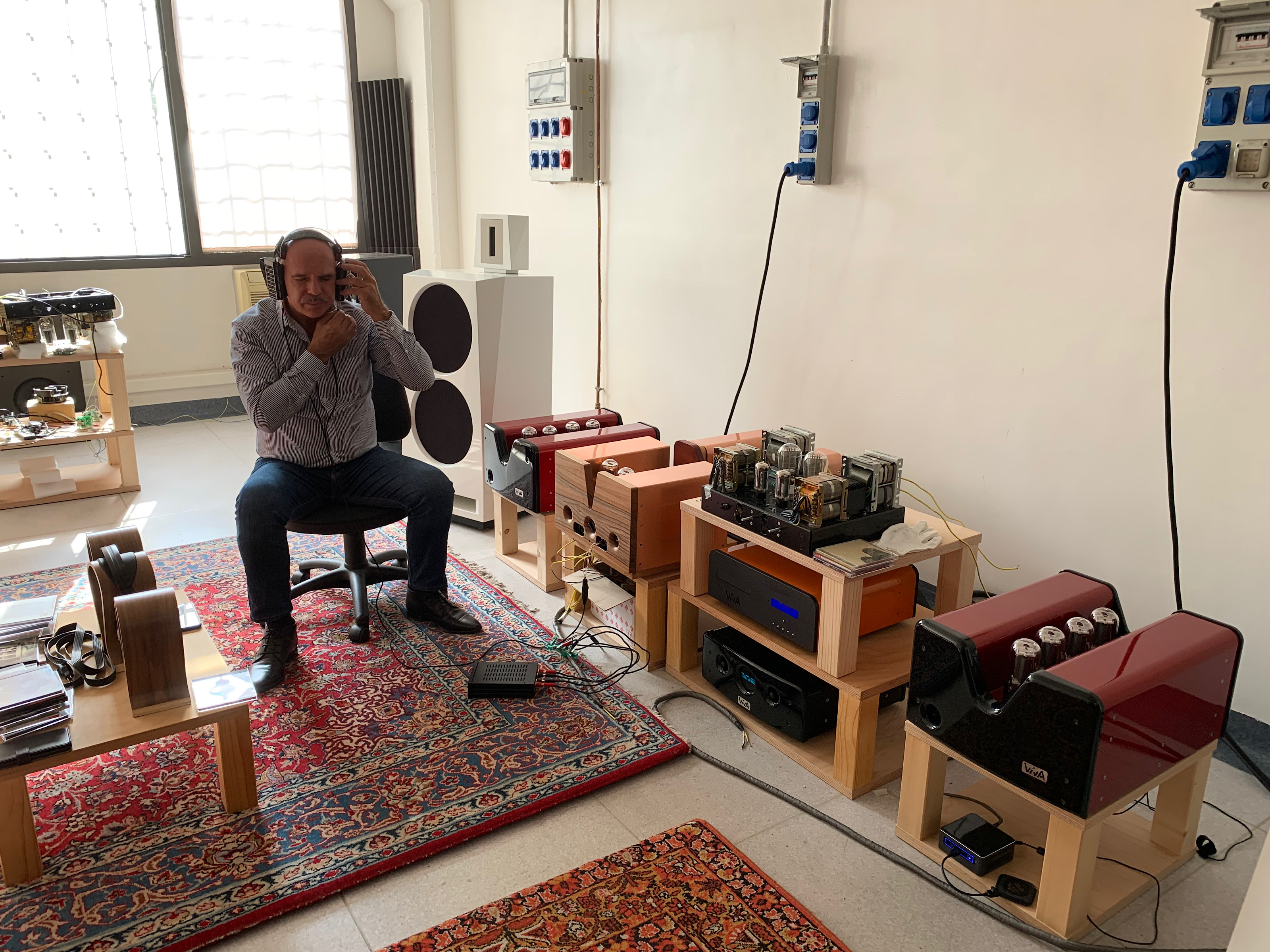Pale Rider
1000+ Head-Fier
I think you misunderstood my point. I know ribbons aren't new. I built and owned near-full-range ribbon systems decades ago. But a headphone like the SR1a might well spark amplifier development in much the same way that the Audez'e LCD-2 sparked Decware to refine its Taboo SET to drive specifically that and other planar headphones. Further, there will always be new amplifier developments, and some may happen specifically as a result of these cans.Think outside the box a little.Ribbons aren’t really new comers as transducers and no new development is necessary. Comments relate more a seek for good combinations since those ribbons are used as headphones.
Speaking of tube amps, designs have for sure history and an interesting approach is to look at transformers with the correct ratio for the SR1a.
Is avoiding the interface box a relevant solution compared to a good synergy ?
And in answer to your question, I would suggest that avoiding the interface box is itself one form of approaching "synergy," whatever that buzzword might mean to different people. The impressions and assessments by Jotunheim R testers is that yes, in fact, both removing the box and using different amplifiers produces audible differences.

























